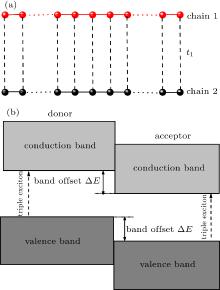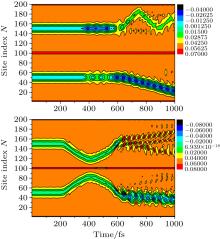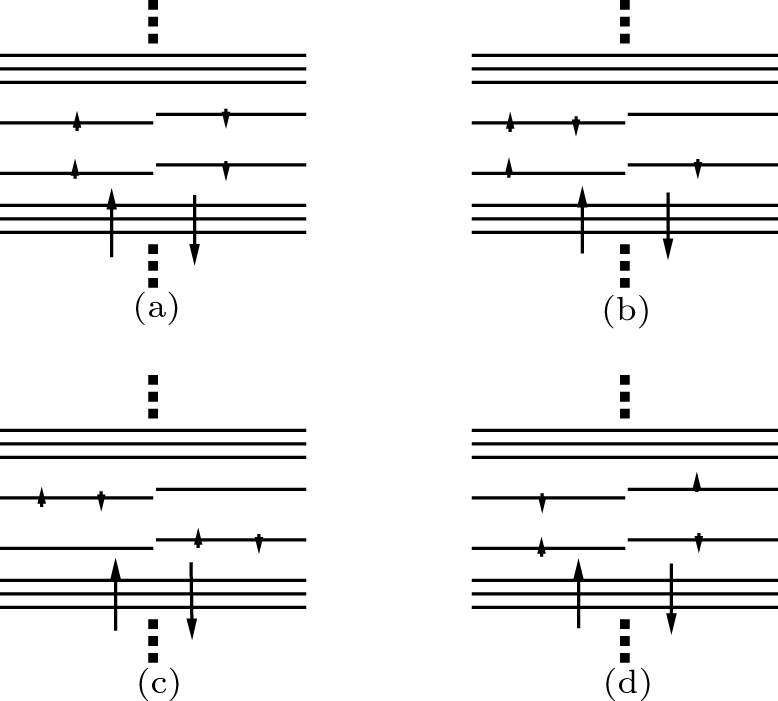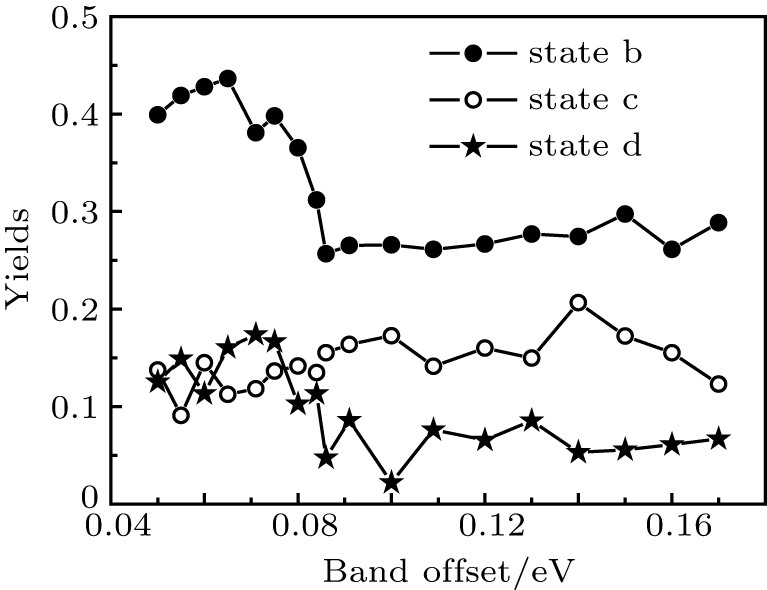| [1] |
Wilson J S, Dhoot A S, Seeley A J, Khan M S, Köhler A, Friend R H 2001 Nature 413 828 DOI: 10.1038/35101565 |
| [2] |
Wohlgenannt M, Tandon K, Mazumdar S, Ramasesha S, Vardeny Z V 2001 Nature 409 494 DOI: 10.1038/35054025 |
| [3] |
|
| [4] |
Brazovskii S A, Kirova N N 1981 JETP Lett. 33 4
|
| [5] |
|
| [6] |
|
| [7] |
|
| [8] |
Cao Y, Parker I D, Yu G, Zhang C, Heeger A J 1999 Nature 397 414 DOI: 10.1038/17087 |
| [9] |
|
| [10] |
|
| [11] |
Endo A, Sato K, Yoshimura K, Kai T, Kawada A, Miyazaki H, Adachi C 2011 Appl. Phys. Lett. 98 083302 DOI: 10.1063/1.3558906 |
| [12] |
Kondakov D Y, Pawlik T D, Hatwar T K, Spindler J P 2009 J. Appl. Phys. 106 124510 DOI: 10.1063/1.3273407 |
| [13] |
|
| [14] |
Armstrong N R, Wang W, Alloway D M, Placencia D, Ratcliff E, Brumbach M 2010 Macromolecular Rapid Communications 30 717 DOI: 10.1002/marc.200900075 |
| [15] |
Greenham N C, Shinar J, Partee J, Lane P A, Amir O, Lu F, Friend R H 1996 Phys. Rev. B 53 13528 DOI: 10.1103/PhysRevB.53.13528 |
| [16] |
Morteani A C, Dhoo A S, Kim J S, Silva C, Greenham N C, Murphy C, Moons E, Cina S, Burroughes J H, Friend R H 2003 Adv. Mater. 15 1708 DOI: 10.1002/(ISSN)1521-4095 |
| [17] |
|
| [18] |
|
| [19] |
Hubbard J 1963 Proc. R. Soc. London A 276 238
|
| [20] |
Meng Y, Di B, Liu X J, An Z, Wu C Q 2008 J. Chem. Phys 128 184903 DOI: 10.1063/1.2912190 |
| [21] |
Brankin R W, Gladwell I, Shampine L F 1992 RKSUITE: A Suite of Runge--Kutta Codes for the Initial Value Problem for ODEs Soft report 92-S1 Department of Mathematics, Southern Methodist University Dallas, Texas, USA http://www.netlib.org |
| [22] |
|
| [23] |
|
| [24] |
|
 ), Jian-Jun Liu(刘建军)1, Xi-Ru Wang(王溪如)2, Yan-Xia Liu(刘艳霞)1, Yan Meng(孟艳)3,‡(
), Jian-Jun Liu(刘建军)1, Xi-Ru Wang(王溪如)2, Yan-Xia Liu(刘艳霞)1, Yan Meng(孟艳)3,‡( )
)













